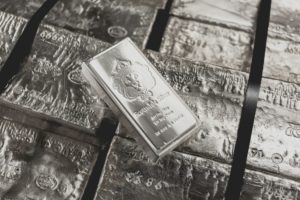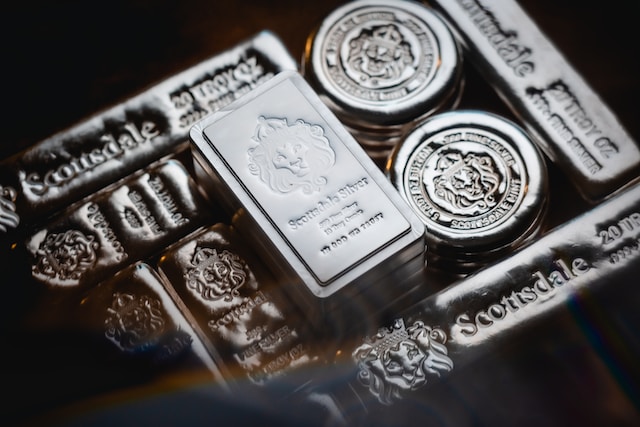The Role of Silver in Currency and Economic History
Silver’s legacy in shaping currency systems and economic landscapes spans millennia, marking its significance as a vital element in the evolution of trade, wealth, and economies worldwide. This article aims to unravel the historical journey of silver, tracing its pivotal role in currency systems and economic history across diverse civilizations.
Silver as a Medium of Exchange
 Throughout history, silver has been a preferred medium of exchange due to its divisibility, durability, and intrinsic value. The silver spot price is determined by market demand and supply dynamics. Its intrinsic characteristics, including malleability and scarcity, have rendered it a sought-after commodity, driving its usage as a form of currency and store of wealth across civilizations. It was widely used in coinage across ancient civilizations, from the Greek drachma and Roman denarius to the Chinese sycee, serving as a universal currency facilitating global trade and economic prosperity.
Throughout history, silver has been a preferred medium of exchange due to its divisibility, durability, and intrinsic value. The silver spot price is determined by market demand and supply dynamics. Its intrinsic characteristics, including malleability and scarcity, have rendered it a sought-after commodity, driving its usage as a form of currency and store of wealth across civilizations. It was widely used in coinage across ancient civilizations, from the Greek drachma and Roman denarius to the Chinese sycee, serving as a universal currency facilitating global trade and economic prosperity.
The Silver Standard and Monetary Systems
Silver played a central role in the establishment of monetary standards. The adoption of the silver standard, where currencies were backed by silver reserves, became prevalent in various economies. Notably, the Spanish silver peso, the British pound sterling, and the U.S. silver dollar shaped global trade and economic systems for centuries.
Silver’s Role in Economic Expansion and Global Trade
The availability of silver mines in regions such as Mexico, Bolivia, and Peru fueled economic expansion during the Age of Exploration. The influx of silver into Europe and Asia via trade routes like the Spanish treasure fleets and Silk Road stimulated commerce, influencing economic growth and globalization.
Silver’s Impact on Price Stability and Inflation
Silver’s widespread use in coinage contributed to price stability in many economies. However, the massive influx of silver from the New World led to the phenomenon known as the “price revolution” in the 16th century, causing inflationary pressures in Europe and Asia.
The Silver Standard’s Transition to the Gold Standard
The adoption of the gold standard in the late 19th and early 20th centuries gradually replaced the silver standard in many economies due to the limited supply of silver and the preference for gold-backed currencies. This transition marked a significant shift in global monetary systems.

From Monetary Metal to Industrial Commodity
While silver’s role as a primary currency metal declined, its importance as an industrial commodity surged. Its conductivity, reflectivity, and antibacterial properties made it indispensable in electronics, photography, healthcare, and various industrial applications, influencing its market dynamics and value.
In Conclusion
Silver’s historical journey as a medium of exchange, its role in monetary standards, economic expansion, and global trade underscores its enduring significance in shaping currency systems and economic history. While its role as a primary currency metal has evolved, its versatility as an industrial commodity continues to contribute to its value and relevance in modern economies. Understanding silver’s historical impact provides insights into its enduring legacy as a commodity that has woven itself into the fabric of global economics and trade.


